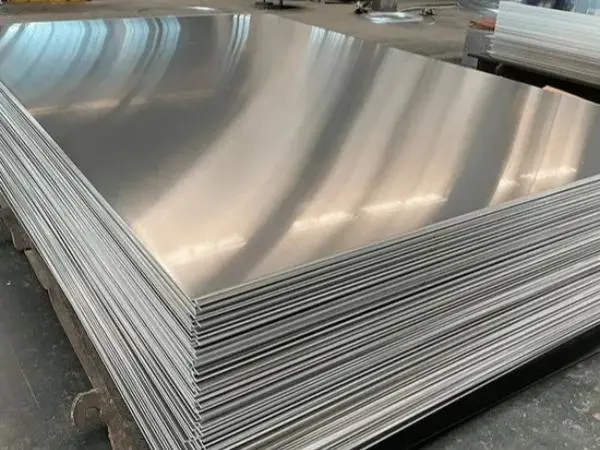- Phone0086 731 8564 8255
- E-mailsales@cscsteel-manufacturing.com
-

Before conducting non-destructive testing (NDT) on Longitudinal Submerged Arc Welding (LSAW) or straight seam steel pipes, a visual inspection of the welds must be performed to ensure they meet specified requirements. The general standards for the appearance and surface quality of straight seam steel pipe welds are as follows.
Weld Appearance:
The weld should have an aesthetically pleasing shape with a smooth transition. The width of each side of the groove edge should extend approximately 2mm beyond the edge.
The fillet weld leg height must meet the design specifications.
Surface Quality Requirements for Welded Joints:
- Defect-Free Surface:
Cracks, lack of fusion, pores, slag, and spatter are not permissible.
- Undercut Specifications:
For pipes with a design temperature below -29 degrees Celsius, stainless steel pipes, and hardened alloy steel pipes, undercut on the weld surface is not allowed.
For other material pipes, the depth of the weld undercut should not exceed 0.5mm. The continuous undercut length should not exceed 100mm, and the cumulative length of undercut on both sides of the weld should not exceed 10% of the total weld length.
- Weld Reinforcement:
The surface of the weld should not be lower than the surface of the pipe.
The weld reinforcement should not exceed 3mm.
- Mismatch (Misalignment) Tolerance:
The wall thickness misalignment at the welded joints should be less than 10% of the wall thickness and should not exceed 2mm.
Adhering to these visual inspection criteria ensures that the welds on LSAW steel pipes are of high quality and suitable for further testing and use in demanding applications.




